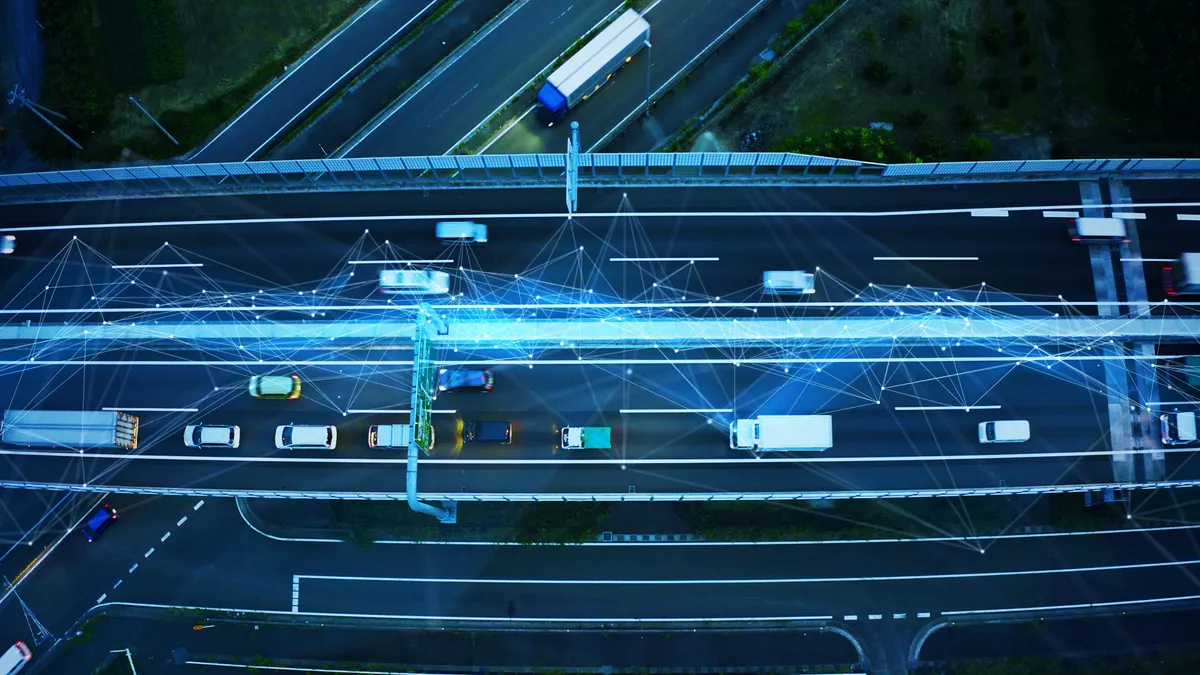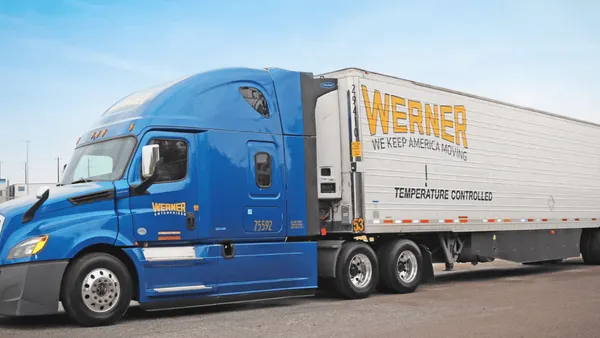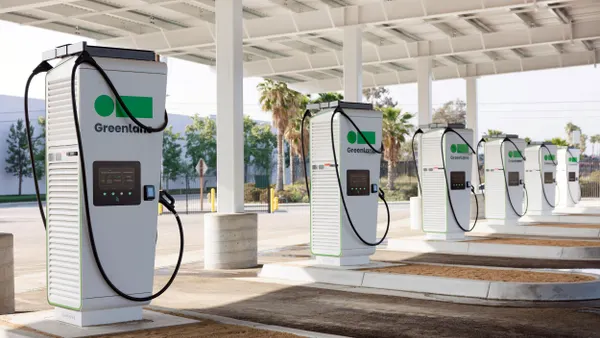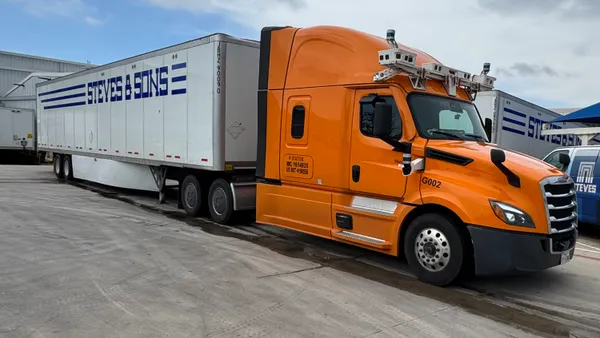The federal government and numerous industry stakeholders want vehicle-to-everything technology to increasingly become part of the country’s national highways, intersections and vehicles to improve safety.
Known as V2X, the digital communication could help prevent crashes, optimize system performance, improve transportation efficiency and improve roadway condition awareness of issues such as weather and work zones, according to a plan summary.
“We firmly believe that we cannot get to zero fatalities in this country without V2X technology,” said King Gee, director of safety and mobility for the American Association of State Highway and Transportation Officials, at a panel presentation Aug. 16. His remarks referenced a Department of Transportation vision to avoid traffic deaths altogether.
A draft version of the plan released last October called for more aggressive timelines, but the final version allowed for slower goals such as:
- Having 40% of intersections nationwide that are V2X enabled before 2032 and 75% by 2037
- Deploying the tech across 20% of national highways by 2029 and 50% before 2032, completing that rollout by 2037
- Getting more than two heavy/commercial vehicle models to have the necessary GHz spectrum to communicate on the wireless system by 2032; that reach is targeted for over a dozen such models prior to 2037
Passenger vehicles are also in the mix, but their reach under the plan appeared more narrow than heavy-duty and commercial vehicles. For the plan’s final target of 20 vehicles able to communicate in the proper GHz spectrum, most are for heavy-duty and commercial vehicles. But stakeholders suggested the technology and plan could evolve and scale.
Hilary Cain, SVP of policy for the industry group Alliance for Automotive Innovation, said the auto industry has been calling on the plan for years.
“We are hopeful that this ... action by DOT will then spur the remaining pieces of the puzzle that need to come into place from some of our federal partners, including those at the Federal Communications Commission,” she said.
Georgia and Texas transportation departments have already committed deploying connectivity infrastructure throughout their states. An I-80 corridor effort from California to New Jersey, led by the Nevada Department of Transportation, is also piloting next-generation applications, Gee said.
“All of these plus other moonshots will advance the goals and the milestones in the plan,” Gee said.
The Federal Highway Administration also announced in June nearly $60 million in grants to areas across the U.S. to advance V2X infrastructure, affecting Maricopa County, Arizona; U.S. Route 60 in Arizona; College Station, Texas; the Houston area; Utah; I-70 in Colorado from Denver to Utah; Denver; I-25 in Colorado; and more.












